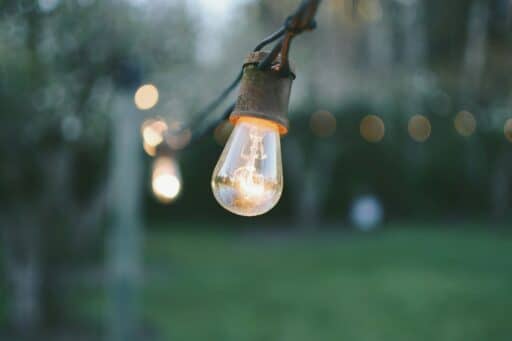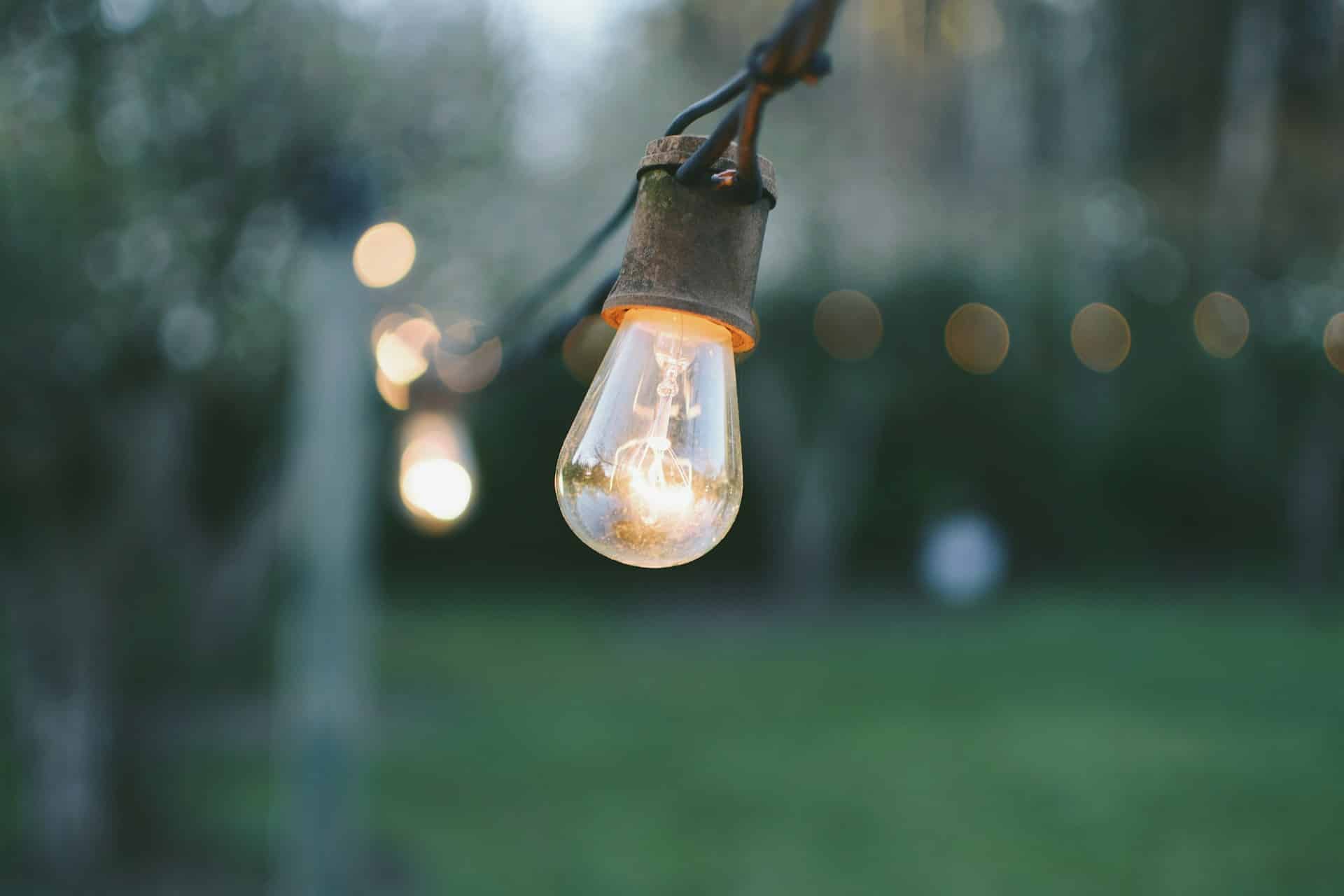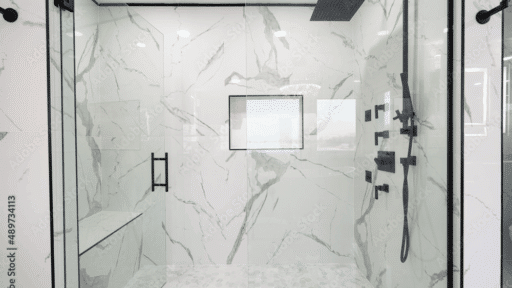Outdoor lighting is so much more than just a way to keep from tripping over the garden hose at night. It’s a design statement, a security measure, and, for some, a bit of a headache.
The sheer number of options, tech upgrades, and “rules” can make picking the best outdoor light fixtures feel like a never-ending quiz. But does it really have to be that complicated? Maybe not.
What You’ll Find Here
Before diving in, a quick look at what’s on the table (and yes, there’s a table coming up, though, as always, take those “rules” with a grain of salt):
- The main outdoor light fixture types and where they actually work (not just where the box says)
- 2025’s so-called “biggest trends”, though trends have a way of changing before the paint dries
- How to pick, place, and keep up with your outdoor lights (without losing your mind)
- A few creative ideas for ambiance, security, and curb appeal, because why not?
What Types of Outdoor Light Fixtures Work Best?
If only there were a universal answer. Outdoor lighting is anything but one-size-fits-all. Each corner of a property seems to demand its own approach, and sometimes, what works for one home looks out of place on another.
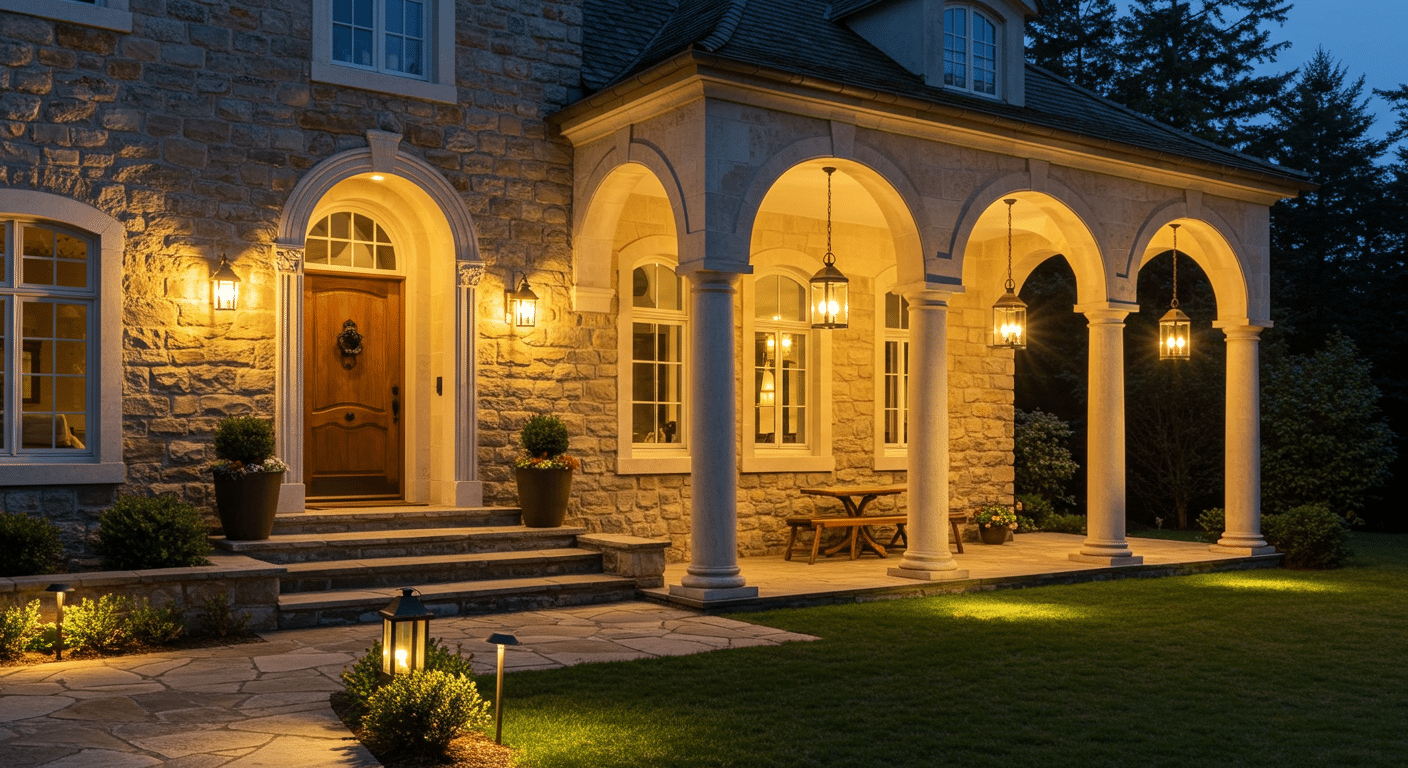
1. Wall-Mounted Fixtures: Where Style Meets Function
Wall-mounted lights are the backbone of most outdoor lighting plans. They frame the entry, brighten patios, and add a sense of security. For those who lean traditional, lantern-style fixtures with seeded glass tend to suit colonial or cottage exteriors. Meanwhile, clean-lined sconces in matte black or bronze are the go-to for modernists.
Mounting height? The “experts” say 66 to 72 inches from the ground, 6 to 12 inches from the door frame. But, as with all things, exceptions abound. For a closer look at options, sconce lights that blend style and durability for outdoor use are worth a glance, though durability claims sometimes outlast the finish.
2. Hanging and Pendant Lights: Welcoming Overhead Glow
Hanging lights and pendants are the outdoor answer to a dining room chandelier, best over covered porches or patios. They’re all about creating a cozy, welcoming vibe. Just don’t forget to check ceiling height, unless bumping your head is part of the plan.
3. Pathway and Landscape Lights: Safety and Curb Appeal
Pathway lights do double duty: they keep people upright and make the yard look sharp. The “rule” is to space them 6 to 8 feet apart, but curves, slopes, and landscaping quirks can throw that off.
4. Smart and Solar-Powered Fixtures: Tech Meets Efficiency
Smart outdoor lights promise control over brightness, color, and timing, all from a phone. Great for those who like to tinker or just want to set it and forget it. Solar-powered fixtures? Perfect for sunny spots, but less reliable in shade or cloudy climates.
5. Decorative and Artistic Fixtures: Make a Statement
For anyone hoping to stand out, bold shapes, colors, or custom designs are the ticket. Artistic sconces, sculptural bollards, or even address lights can add personality. But as with all things decorative, restraint is key; one or two statement pieces usually do the trick.
What’s New in Outdoor Lighting for 2025?
Trends come and go, but a few seem to be sticking around for 2025. Or so the designers say. For example, outdoor house lights in matte black suit modern homes, while bronze or copper works for traditional styles. But some designers argue that mixing finishes can add interest, so the debate continues.
6. Layered Lighting and Ambiance
Layering isn’t just for fashion. Mixing ambient, accent, and task lighting adds depth and drama. Downlights create a soft glow, uplights highlight trees or walls, and task lights make stairs and seating areas safer.
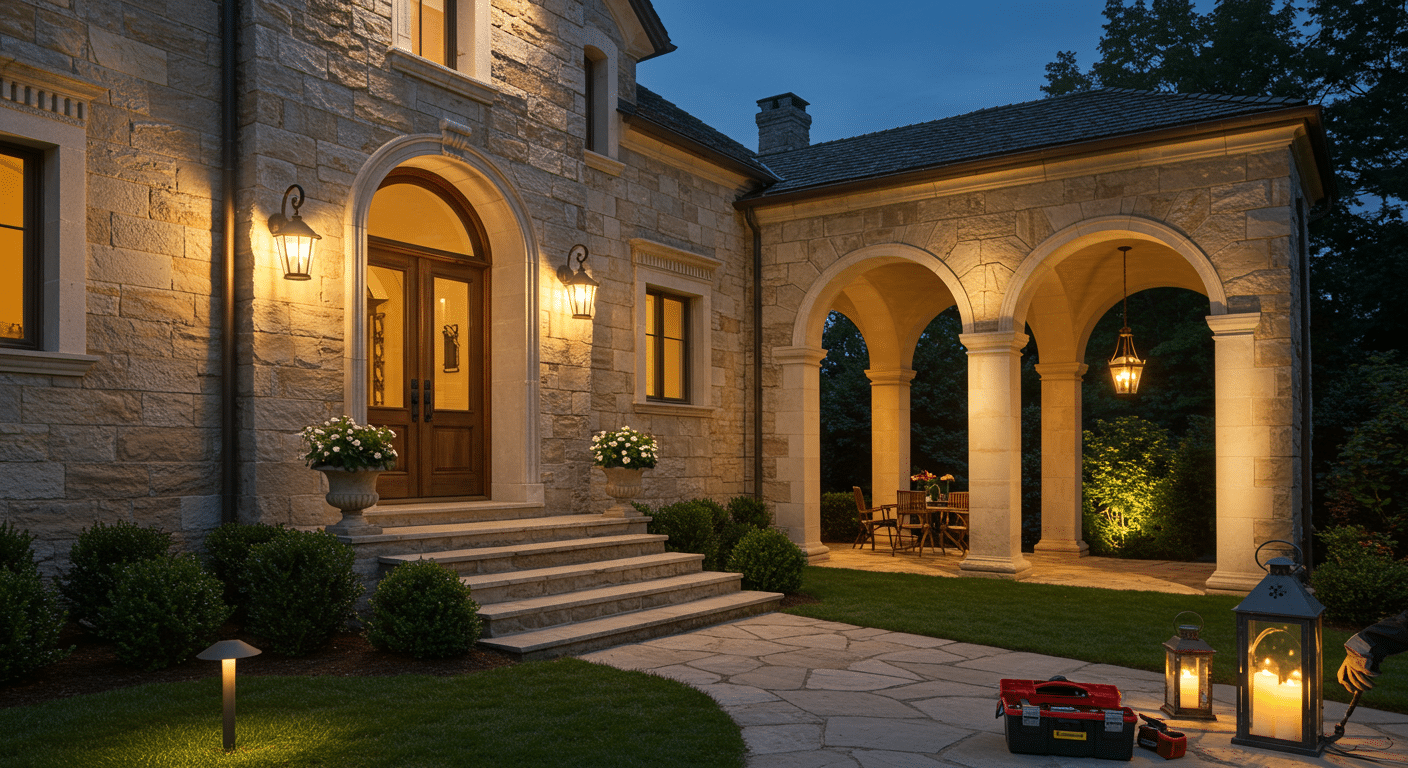
Installation and Maintenance Tips
Some outdoor lights are a breeze to install, while others are best left to the pros. The line isn’t always clear.
DIY vs. Professional Installation
Plug-in or solar lights? Usually simple enough. Hardwired fixtures, especially near water, should be installed by an electrician.
Cleaning and Upkeep
Wipe down glass and metal parts every few months to keep them shining. Check for rust or loose screws after storms. Replace bulbs as soon as they dim or flicker.
Common Mistakes to Avoid
Mistakes happen, sometimes even when following all the “rules.” Here are a few to watch for, though exceptions always exist:
- Using bulbs that are too bright or too blue
- Mixing too many styles can make the home look chaotic
- Placing lights where they shine directly into windows or a neighbor’s yard

